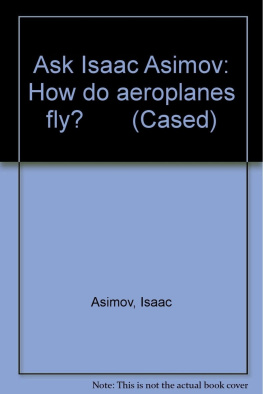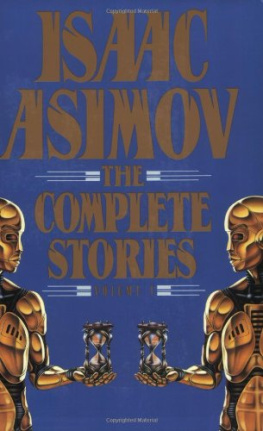Published in 2004 by Berg Publishers
Published 2020 by Routledge
2 Park Square, Milton Park, Abingdon, Oxon OX14 4RN
605 Third Avenue, New York, NY 10017
Routledge is an imprint of the Taylor & Francis Group, an informa business
1952 Taylor & Francis
All rights reserved. No part of this book may be reprinted or reproduced or utilised in any form or by any electronic, mechanical, or other means, now known or hereafter invented, including photocopying and recording, or in any information storage or retrieval system, without permission in writing from the publishers.
Notice:
Product or corporate names may be trademarks or registered trademarks, and are used only for identification and explanation without intent to infringe.
ISBN 13: 978-1-8452-0012-1 (hbk)
Bach of the Tswana tribes in the Bechuanaland Protectorate is composed of peoples drawn from different stocks. Even the Tlkwa, smallest of all, include many groups or families of alien origin, which became part of the tribe through conquest, voluntary submission, immigration, or some other cause. In the larger tribes only a small proportion of the people belong to the nuclear stock. About four-fifths of the Ngwato tribe, for instance, consists of what were originally foreign peoples, and among the Tawana the proportion is still greater. The members of a tribe, moreover, sometimes differ in customs and language. Among the Ngwato, for instance, there are Sarwa, who by language and culture are Bushmen, and not Bantu; Kalaka, Koba, Herero, Rotse, and others, who although Bantu do not belong to the Sotho Group (of which the Tswana are a division), but speak their own languages and have many customs different from those of their rulers; and Kwena, Kaa, Kgatla, Khurutshe, and many others, who are of Tswana stock but differ in various details of law and custom from the Ngwato proper. Similar variations are found in the other tribes, although there is on the whole much less diversity in the south.
These differences of origin have given rise in most tribes to the existence of three separate classes. They are respectively termed dikgosana (nobles, lit. little chiefs), people descended from the chiefs of the ruling line; batlhanka (commoners, lit. servants) or basimane ba kgosi (the chiefs boys), foreigners long ago absorbed into the tribe and made the retainers of the chief; and bafaladi (aliens, lit. refugees), members of communities more recently conquered or admitted. The chief and his near relatives traditionally constitute the central government of the tribe, although the leading commoners are usually also given important administrative duties. The aliens seldom figure prominently in the inner councils of the tribe. Most of them live outside the tribal capital, and some formerly paid special tribute to the chief. In several tribes, such as the Kgatla, Tlkwa, and Malete, they have on the whole been successfully absorbed, both politically and culturally. In others, notably the Ngwato, Tawana, Ngwaketse, and Kwena, certain groups have from time to time become involved in serious disputes with the ruling community, to whose paramountcy they do not always readily submit, and such disputes still constitute one of the main issues in local tribal politics.
In the bigger tribes there was formerly another class, consisting of the hereditary serfs ( batlhanka , malata ) attached to the chief and other prominent men. Among the Rolong, Kwena, and Ngwaketse, the serfs were usually Kgalagadi; among the Ngwato they were Sarwa, Kgalagadi, and Tswapong; and among the Tawana they included Sarwa, Kgalagadi, Koba, and Mbukushu. The areas these people inhabited were parcelled out among the leading members of the tribe, who forced them to pay tribute, herd cattle, and perform various other services. The serfs were permanently attached to the family of their master; they could not work for any one else, they were denied access to the tribal courts if oppressed, and they lacked many other civic and property rights. Most of these discriminations have now been abolished, including especially compulsory servitude. But as a class the former serfs, above all the Sarwa, are still considered inferior to other members of the tribe, who deem it degrading, for instance, to intermarry with them.
The system of servitude just mentioned was by no means universal; it does not seem to have occurred, for instance, among the Tlkwa and Malete. Similarly, the relationship between the chief and his retainers among the Ngwato and the Tawana differed in several important features from that occurring elsewhere. There are likewise variations from one tribe to another in the details of the basic three-class structure.
To understand how and why these variations have developed, and indeed why the class structure itself came into being, we obviously need to know a good deal about tribal history. It is only after we have analyzed the ethnic composition of each tribe, and learned how and when the different peoples it contains became incorporated, that we can proceed to compare adequately the resulting forms of social relationship. The present monograph tries to provide that historical background. It is, in a sense, merely a collection of the raw material upon which a sociological study of the class system among the Tswana must necessarily be based. At the same time, it also illustrates concretely how Tswana tribes originate and expand, and from what a variety of different sources their membership has been recruited.
. This study is nearly completed, and will, I hope, be published fairly soon.
Most of the information given here was collected by myself in the field during the years 192943 in the course of which I visited each of the ten tribes under discussion. With some, such as the Khurutshe, Seleka-Rolong, Malete, and Tshidi-Rolong, I worked for a few weeks only; others, notably the Kgatla, Ngwato, Ngwaketse, and Kwena, were visited on several occasions, my stay in each amounting to several months or in one instance (Kgatla) to nearly two years. The amount of detail that I was able to gather about the composition of the tribe therefore varies considerably, especially as this topic was sometimes incidental to the main purpose of my visit. Additional information was subsequently obtained, partly in the course of fleeting trips to Bechuanaland during 194649, but mainly through the co-operation of local District Officers and tribal authorities, who generously replied to queries or checked the lists that I sent them. I am also indebted to the Wenner-Gren Foundation for Anthropological Research for a substantial contribution towards the cost of publication.







